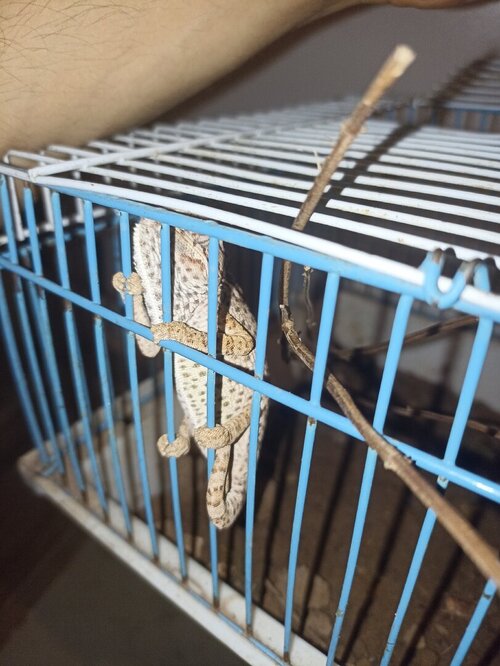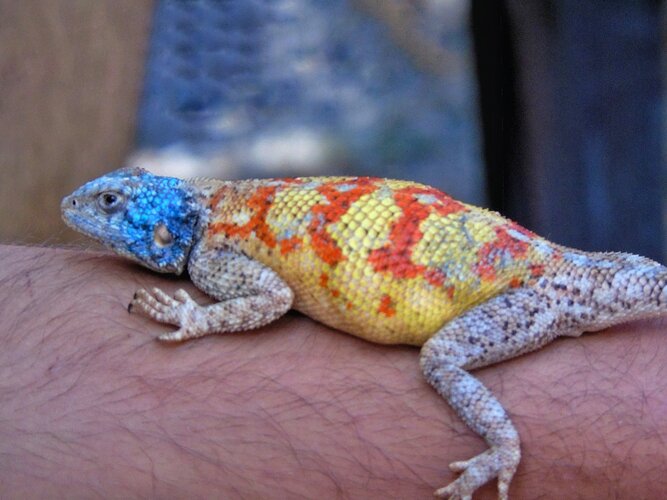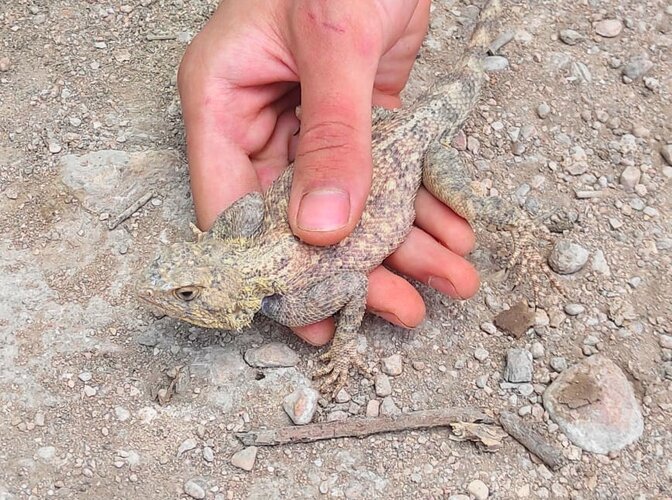mega loves worm
New Member
Hello, I am beginner in keeping chameleons, but I have experience in keeping reptiles.
I have tortoises and agamas, but is my first experience with chameleons. I just brought it back. I don't know his gender, I only know his type(chameleon chameleon).
I need to know how to take care of his food and water.
As for housing, I'm working on it.
I will keep him outside because I actually live in Morocco and have a garden and sun all year round.
I hope anyone can help me.
I have tortoises and agamas, but is my first experience with chameleons. I just brought it back. I don't know his gender, I only know his type(chameleon chameleon).
I need to know how to take care of his food and water.
As for housing, I'm working on it.
I will keep him outside because I actually live in Morocco and have a garden and sun all year round.
I hope anyone can help me.







